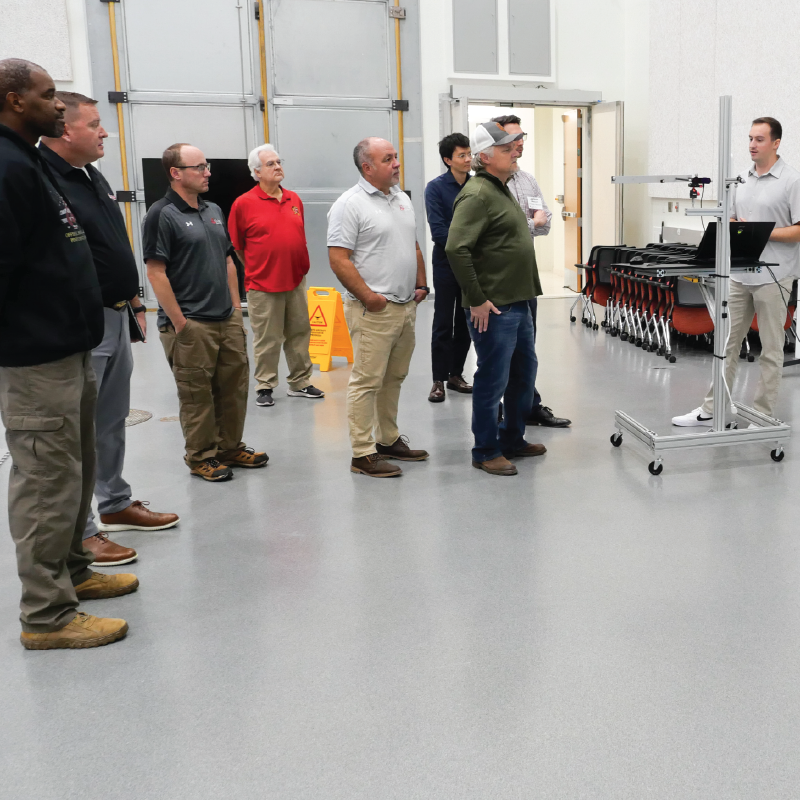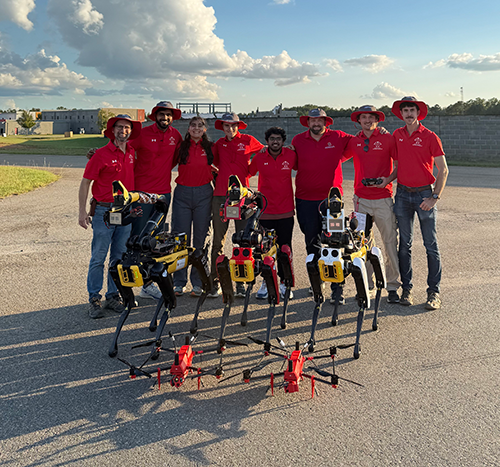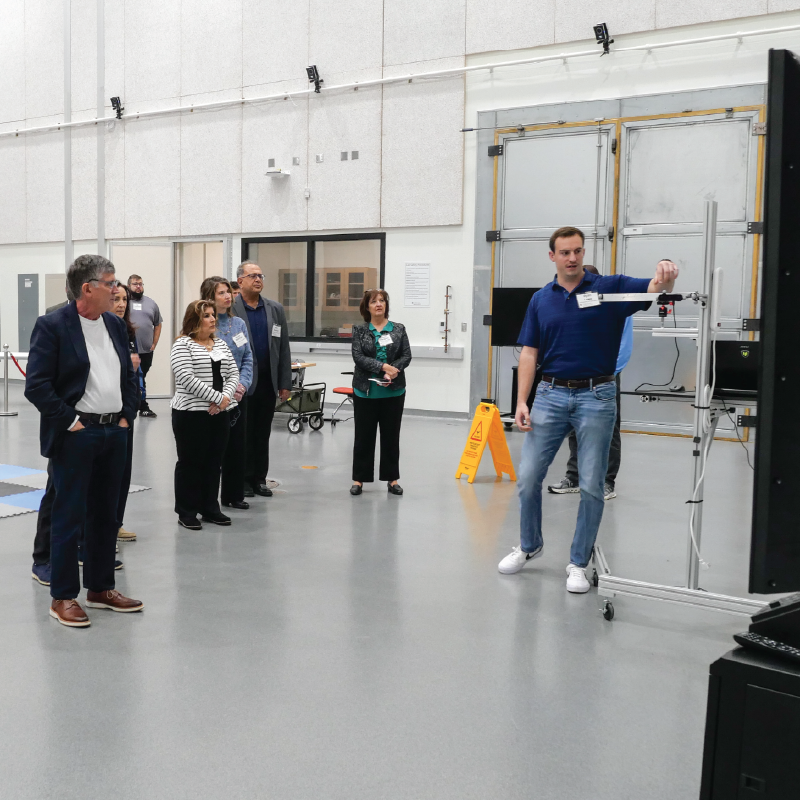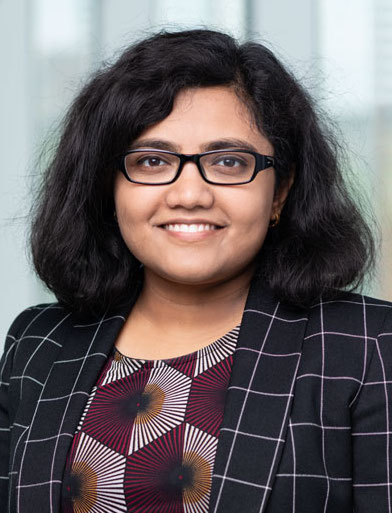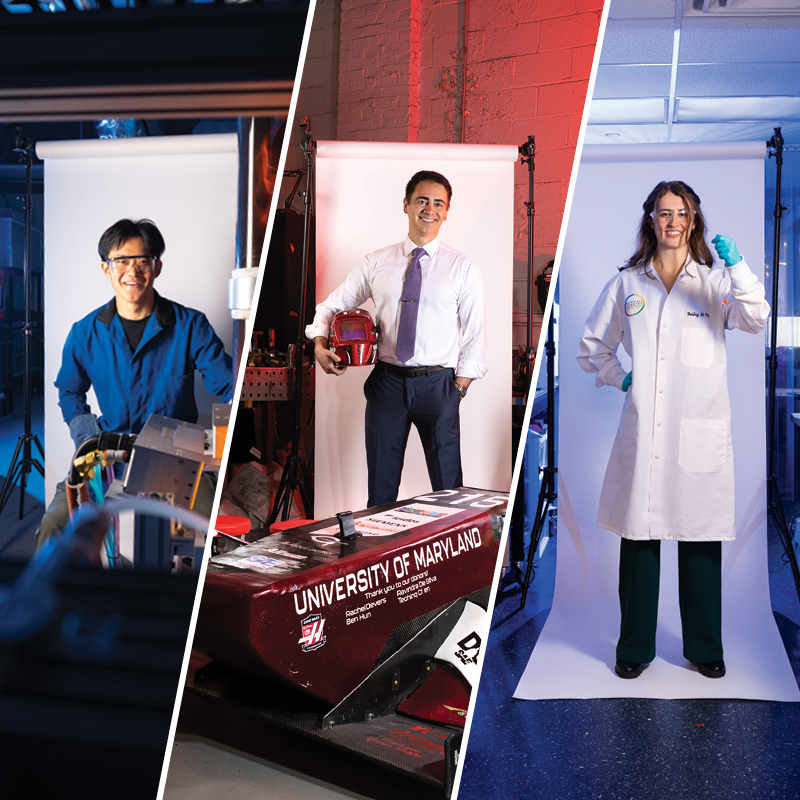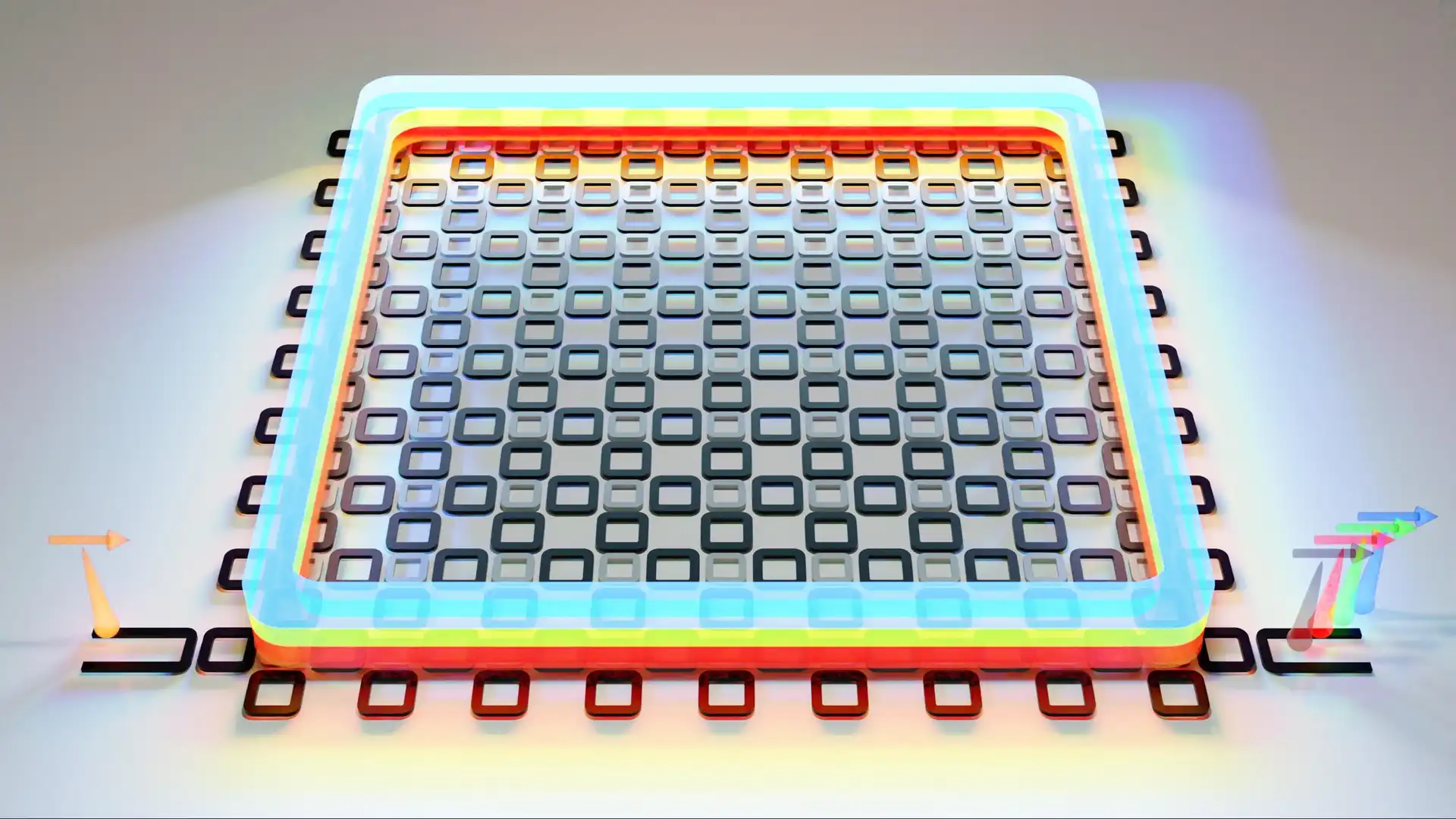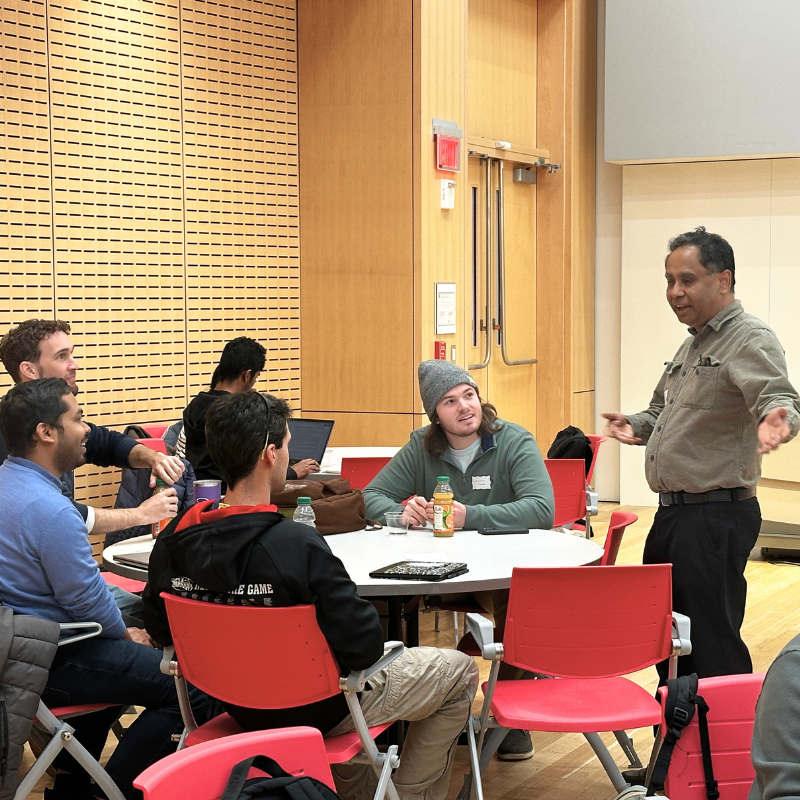News Story
UM Gait and Face Recognition Technology Could Move Video Surveillance to a New Level
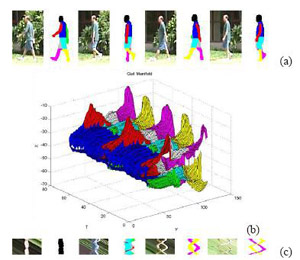
Figure 1. Illustration of double helical signature derived from a video sequence of a walking human. The first row shows a walking human whose body parts have been color-coded. The 3D gait manifold is shown in the right. The DHS generated by the walking human are shown in the bottom row. The DHS codes static and dynamic features of human gait. Reproduced from the Ph.D. dissertation of Dr. Yang Ran.
Surveillance cameras are sprouting up in more and more places, forming an ever more powerful tool for solving crimes after they happen. But what about using them to prevent or stop criminal and terrorist acts? This requires that someone, or something, watch these rapidly multiplying video feeds 24-7.
And that’s the problem. Paying people to adequately monitor dozens, or even hundreds, of surveillance cameras can be highly expensive. Plus, humans tend to get bored and lose focus staring at TV monitors hour after hour, day after day, watching for suspicious behavior that may occur only rarely, if ever. Computerized monitoring would seem to be the obvious answer, but creating software programs that can recognize suspicious activities or suspect individuals has proven highly difficult.
However, Rama Chellappa, a professor in the department of electrical and computer engineering of the University of Maryland's A. James Clark School of Engineering, has developed a real-time computer monitoring system that provides some answers to this problem. Chellappa's artificial intelligence system can reliably monitor surveillance images to detect certain suspicious movements or suspect individuals and alert human security personnel.
A pioneer in the development of pattern recognition and computer vision software, Chellappa and some of his associates demonstrated the system for military leaders at the 25th Army Science Conference last week. This event was the latest of numerous presentations on his system that Chellappa, who is also an affiliate professor in the university's computer science department and a researcher in the University of Maryland Institute for Advanced Computer Studies (UMIACS), has made this fall. In October, he delivered a plenary lecture on this emerging technology at the Institute for Electrical and Electronics Engineers (IEEE) International Conference on Image Processing in Atlanta.
Chellappa's technology could have widespread applications in security surveillance, as well as non-security applications in elder care and video indexing. It could be particularly helpful as part of the security measures for sensitive locations, such as military bases, public transportation terminals and other areas that need high levels of security.
How It Works
Using video data from digital surveillance cameras and corresponding algorithms, Chellappa and his research assistants have developed a compact, digital signature for characterizing human gait and corresponding activities, such as humans carrying objects like backpacks, handbags, or briefcases.
When a person's limbs are unencumbered, gait movements are symmetrical. Represented graphically, these movements form a twisted helical pattern resembling a "figure 8" called a double helical signature. Chellappa and his team call this pattern, which is slightly different in each individual, "human gait DNA." An individual's gait pattern is changed by any activity that changes the symmetry of the movements, for example carrying a package. By defining these signatures, the system can recognize unique patterns in human gait and automatically detect asymmetric movement, such as an individual walking with a hidden object tied to an ankle or wrist.
Chellappa and his team have integrated human gait DNA into a real-time video surveillance system and used it to study and locate pedestrians. The experimental results have demonstrated the effectiveness of the system under lighting changes, shadows, camera motion, various viewing angles, as well as significant obstacles in the cameras' viewing angles. The results also indicate that the approach is superior to many existing methods in terms of accuracy and reliability.
"These capabilities are extremely useful in creating a surveillance system intended to address security concerns," said Chellappa.
His research team is also "teaching" their gait recognition system to identify individuals by their unique gait. This is a much more difficult task, since subjects may deliberately attempt to walk in an uncharacteristic manner in order to try and cheat the system and avoid detection. If the suspect is unaware of the surveillance system, their normal walking style is more easily identified.
Chellappa and his assistants also study the geometric constraints that are useful in matching gait signatures across different viewing directions and individuals. The optimal camera angle for recognizing human gait is a sideways, 90-degree profile perspective, but Chellappa and his team have created automatic, corrective algorithms that can, within a certain range, compensate for different viewing angles.
Combining Gait, Face and Other Recognition Technologies
The Maryland team has also developed advanced face recognition software that can be combined with their gait recognition technology. This face recognition technology can be used to watch for known terrorists, spies or criminals and help to identify unknown individuals who might turn up repeatedly in sensitive locations or who have been present during multiple criminal or terrorist acts.
Another technology Chellappa's team recently has developed detects unattended packages using a structured representation known as attribute grammars. As part of this work, which is supported by the Department of Homeland Security, Chellappa and one of his students have developed an algorithm to estimate the heights of subjects in the field of view of a camera. Chellappa's students presented a live demonstration of this technology at the Army Science Conference and attracted much interest and many volunteers, including many high-level army officers.
Chellappa and his team now are working to integrate their patent-pending technologies into a comprehensive surveillance system for use in security-sensitive locations.
About the A. James Clark School of Engineering
The Clark School of Engineering, situated on the rolling, 1,500-acre University of Maryland campus in College Park, Md., is one of the premier engineering schools in the U.S.
The Clark School's graduate programs are collectively the fastest rising in the nation. In U.S. News & World Report's annual rating of graduate programs, the school is 15th among public and private programs nationally, 9th among public programs nationally and first among public programs in the mid-Atlantic region. The School offers 13 graduate programs and 12 undergraduate programs, including two degree programs tailored for working professionals and one certification program.
The school is home to one of the most vibrant research programs in the country. With major emphasis in key areas such as communications and networking, nanotechnology, bioengineering, reliability engineering, project management, intelligent transportation systems and space robotics, as well as electronic packaging and smart small systems and materials, the Clark School is leading the way toward the next generations of advanced engineering technology.
Visit the Clark School homepage at www.eng.umd.edu.
Published December 12, 2006
